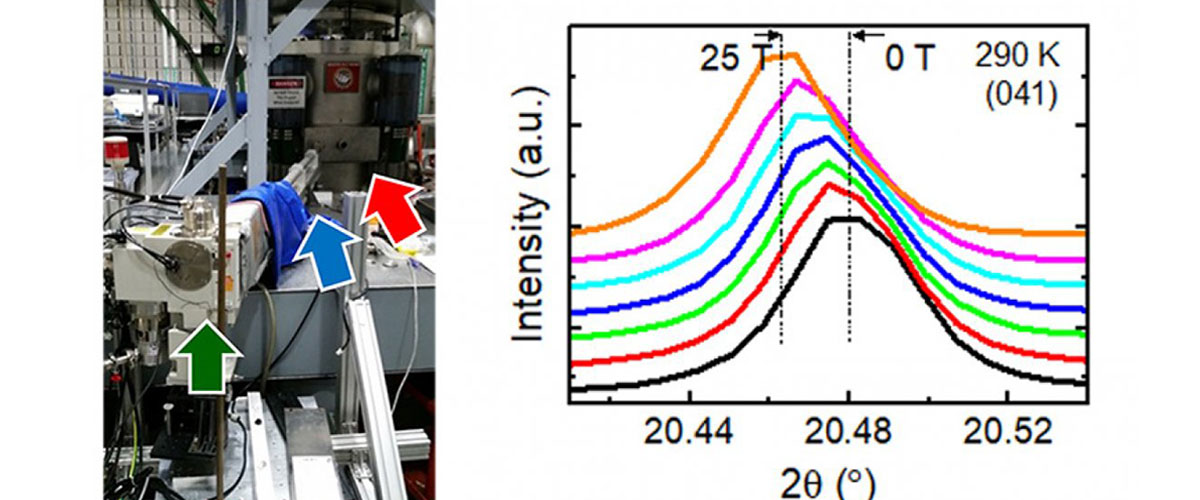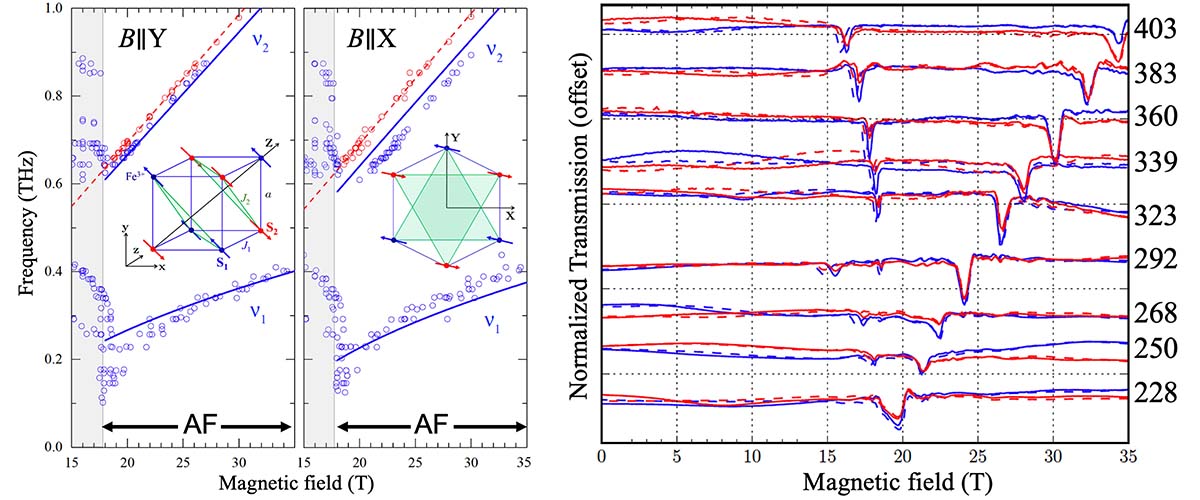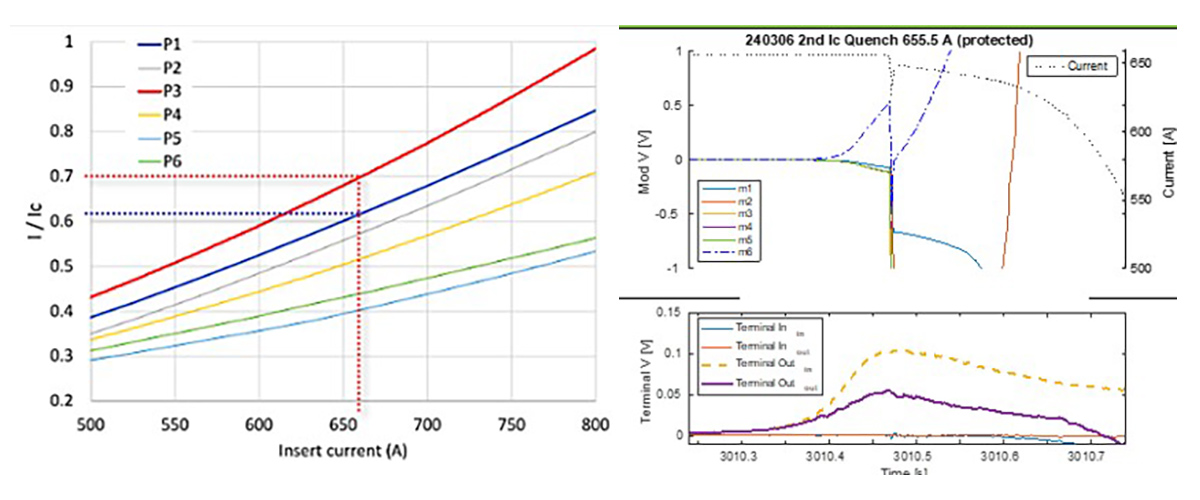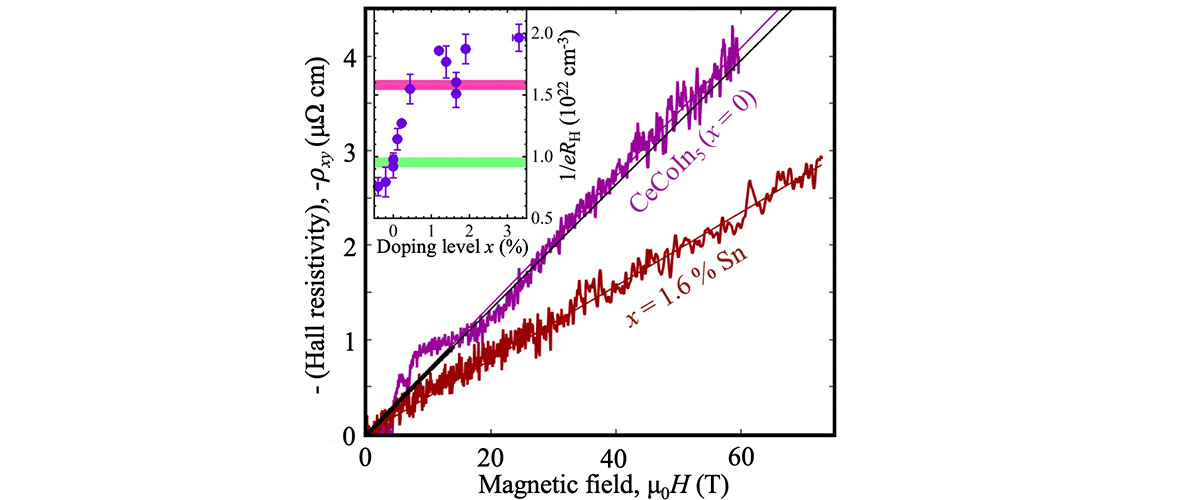What did scientists discover?
Magnetostriction is a property of ferromagnetic materials (or materials that are attracted to magnets). Magnetostriction causes a shape change in response to an applied magnetic field. Anisotropic magnetostriction in ferromagnetic AlFe2B2 was investigated using an X-ray diffractometer (XRD) in the 25T Florida Split Helix Magnet.
Why is this important?
Scientists have been attempting to peer into the inner workings of nature for thousands of years. Typically, when scientists measure magnetostriction, they measure changes in length on the outside of a material and infer what is happening at the atomic level.
Magnetostrictive materials can convert electromagnetic energy into mechanical energy and vice-versa and can be used to create sensors that measure magnetic field or detect a force. Furthermore, repeated mechanical cycling can induce fatigue, which must be understood to avoid premature material failure. This experiment demonstrates the utility of the XRD system available at the MagLab to explore magnetostrictive materials. Thermodynamic relationships for magnetostriction are estimated based on a Landau model that agrees with the experimental results. This approach is readily applicable to a wide range of other materials and a user community is being developed.
Who did the research?
S. Sharma1, A. E. Kovalev1, D. J. Rebar1, D. Mann2, V. Yannello3, M. Shatruk2, A. V. Suslov1, J. H. Smith1, and T. Siegrist1,4
1National High Magnetic Field Laboratory; 2Florida State University; 3University of Tampa; 4FAMU-FSU College of Engineering
Why did they need the MagLab?
The 25T Florida Split Helix Magnet is a world-unique resistive magnet that features four large ports with direct line-of-sight access to the sample at the center of the magnet. The combination of the XRD system and this magnet enables users to explore the structure of materials at magnetic fields unavailable to X-ray sources elsewhere.
Details for scientists
- View or download the expert-level Science Highlight, Magnetostriction in AlFe2B2 at 25 T Measured by X-Ray Diffraction
- Read the full-length publication, Magnetostriction of AlFe2B2 in high magnetic fields, in Physical Review Materials.
Funding
This research was funded by the following grants: G.S. Boebinger (NSF DMR-1644779); T. Siegrist (NSF DMR-1625780)
For more information, please contact Tim Murphy.






